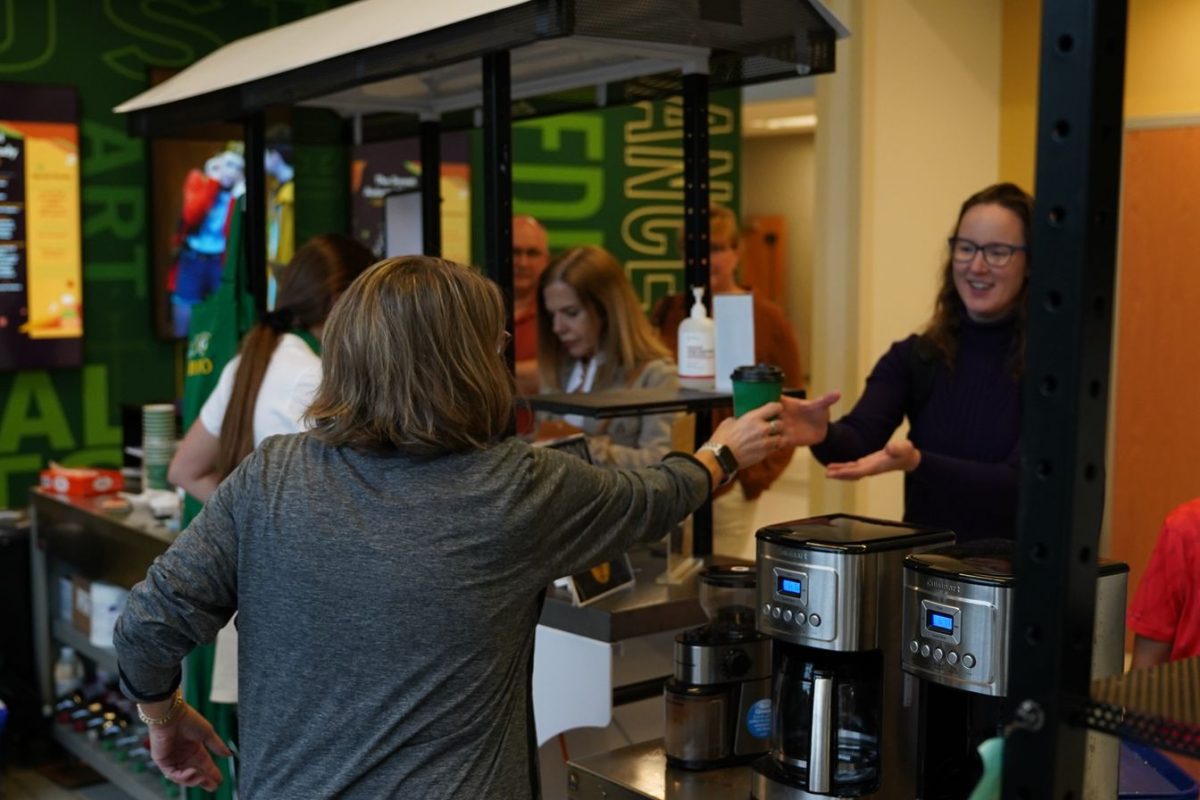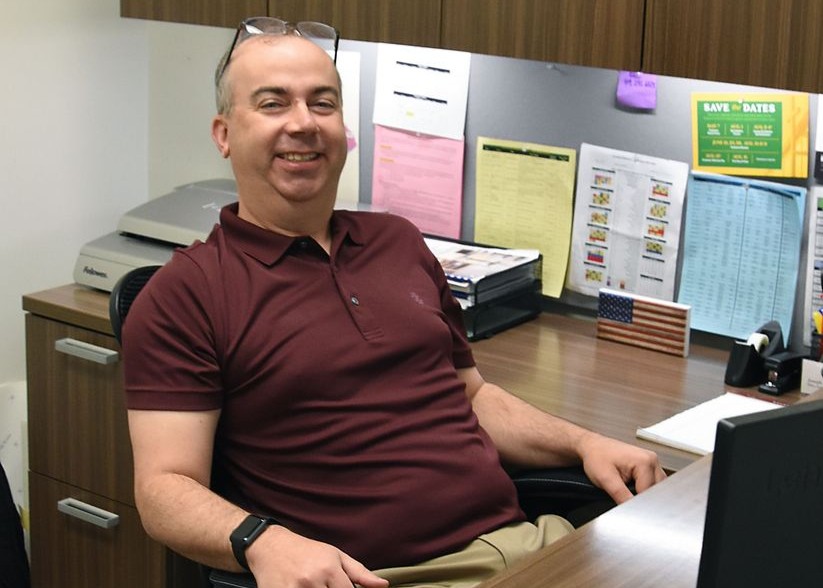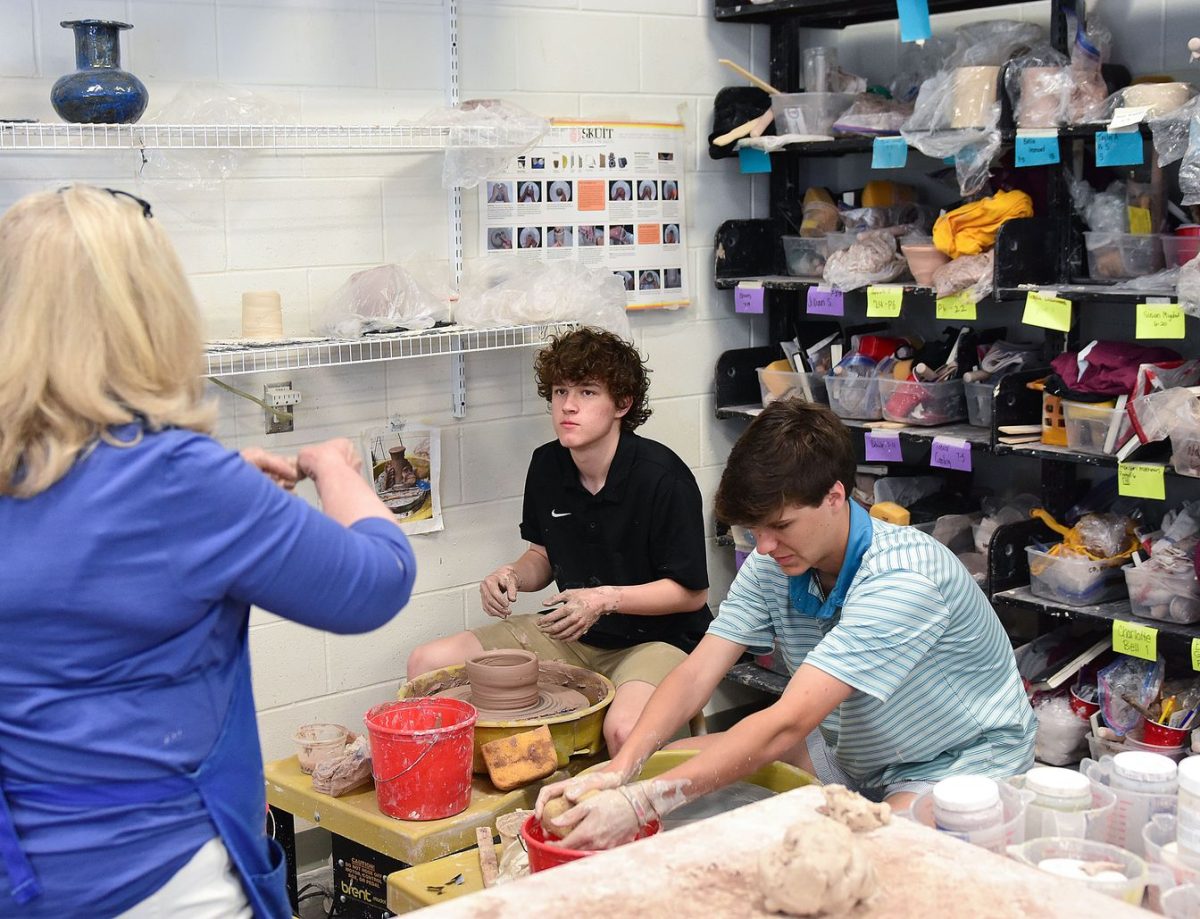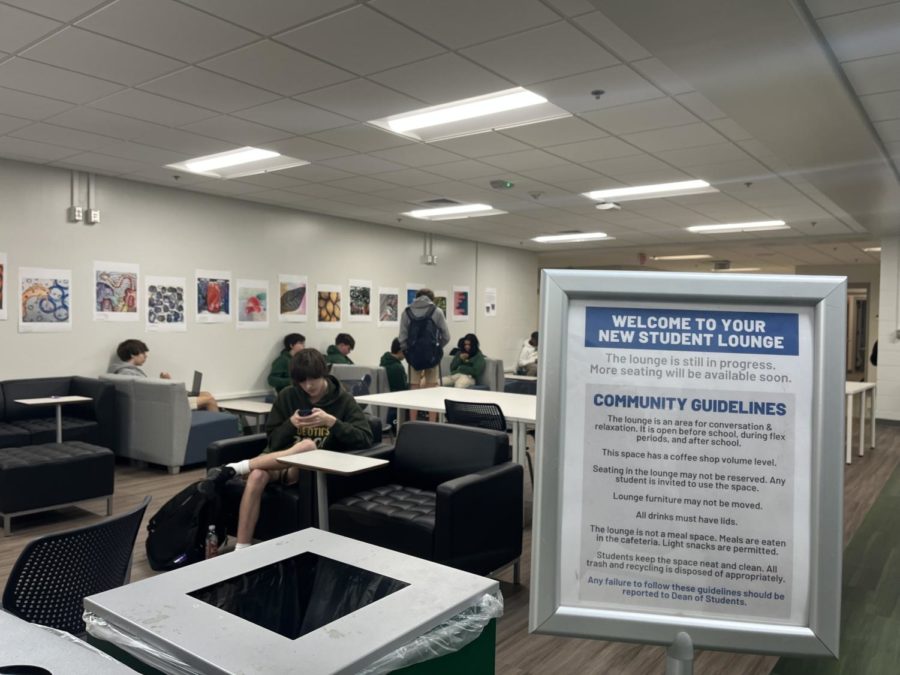Every year, during approximately the second week of October, students gather in Cardinal Gibbons with the rest of their graduating class to take the yearly state testing. For sophomores and juniors that means the PSAT, a trial run of the SAT, which most juniors take in the spring to put on their college application. Up until this year, for freshmen, this day meant taking the IOWAs. However, they too this year will be taking the PSATs. What are the reasons for these tests and how should you prepare for them? You can find out below.
The PSAT, or preliminary SAT, is a test used widely among high school students. For juniors, the score could acquire a qualification into the National Merit Scholarship Corporation, and even if it does not, the PSAT is great practice for taking the SAT. However, for the sophomore and freshmen, who are farther away from these stepping stones, there are still major things to be gained from taking the PSAT. Ms. Hadsell, the director of college counseling, helped point out the benefits of this type of testing and why we take it.
“We [Cardinal Gibbons] are required to give a standardized test by the state…it is really good practice for the SAT, which all students will take their junior year, and…we use it in conjunction with grades in certain classes when making placement decisions for the next year,” said Ms. Hadsell.
Wait, what? Yes, you heard that right. These tests are not just thrown in the trash after being taken. Teachers use students’ scores, in order to help place them in the right class for their level at that time. Do not worry though. While these scores are taken into consideration, class grades also matter. Neither one nor the other completely determines your placement into higher classes.
To have your best self present on test day, there are a few things you can do to be prepared for the PSAT. While studying is not fretted upon, students do not need to study hours on end to get a great score. Taking a few practice questions and tests can help students become familiar with the style and setup of the test. These are available in the Bluebook app, which is located on students’ computers and should have been set up during Advisory.
Being prepared also means having the right materials on the day of the test. Students are required to bring their computer fully charged, along with a charger. If desired, they can also bring a pencil/pen to use on scratch paper, a calculator (there is one in the Bluebook app if students forget), and a snack/water bottle for during breaks.
One of the most asked questions around the school though is about the change from the paper PSAT to online. This is not something that is controlled by the school, but rather an action that mirrors the change in the College Board SAT. There are several differences, so even for juniors who took the PSAT last year, it will be a contrasting experience. According to Ms. Hadsell, the test has been shortened, so it takes less time. The math section is adaptive, meaning the questions get harder or easier for each individual person and are weighted based on their difficulty, but she was unsure of the English section. The one notable improvement was that students do not have to transfer answers to a bubble sheet anymore. This reduces the risk of wrong answers accidentally being circled, or even worse, getting off by one number and getting the whole section wrong. There are pros and cons to this style of test-taking, but in the future, all PSATs and SATs will be online, so it is better to become familiar with it now.
“Answer every question. Guess if you don’t know. There’s no penalty for guessing. Do the best you can, really focus on it, but don’t stress about it,” said Ms. Hadsell. These were the only other tips she had.
Whether you are a freshman, sophomore, or junior, this is not a make-it-or-break-it kind of test. The PSAT offers a glimpse into the SAT style and formatting, and helps teachers see where you are in your academic journey. The overall scores range from 320 to 1520, with a perfect score being 760 on both the English and math sections as opposed to an 800 on the SAT. This will give insight to where you can improve and where you do well. Use this information to help you, as you look towards the future and college applications, and prepare accordingly. Good luck!
































